Are you planning to buy a laptop? Can’t decide the best one for you? Whether you need a laptop to attend online lectures or you want to upgrade your gaming experience, selecting a suitable laptop requires a complete insight into essential features and specifications.
To simplify your search, we have carefully curated a laptop buying guide that lets you choose the suitable laptop depending on your requirements. It will allow you to select the best one based on specific parameters like its operating system, budget, and even profession. We have tried to consider every significant aspect you need to know in separate sections. So you can read along to make an informed decision.
Table of Contents
Based On Budget
Depending on the budget, we can categorize laptops as Entry level, Mid Range, and High End. Let us discuss these types in detail.
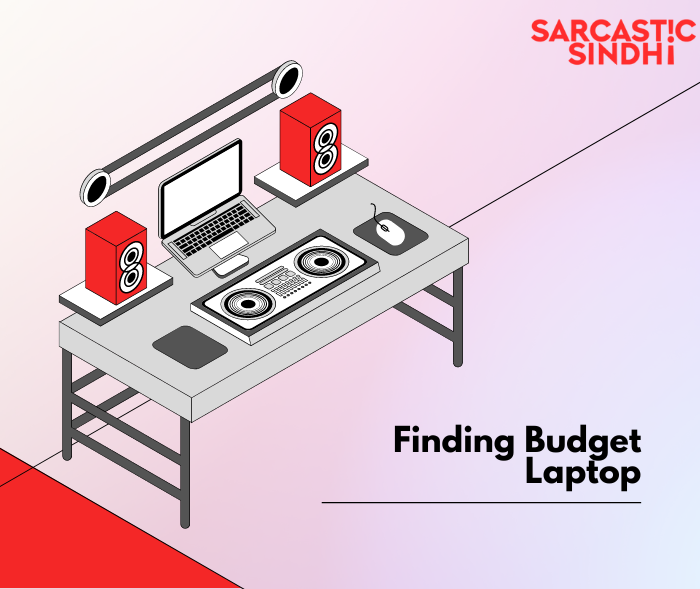
Entry-Level (30,000 INR)
Users needing a laptop for primary purposes or carrying out standard tasks can use entry-level laptops. Despite their low prices, these come with a competent build. It also includes ergonomically sensible touchpads and keyboards which makes them durable. Chromebooks fall under this category and offer limited but decent performance.
Mid Range (40,000 to 60,000 INR)
Mainstream laptops are the outstanding ones that come with upgraded hardware. These have certain benefits, like high-powered graphics chips and certain premium features. This category offers you a wide range to choose from. Some laptops are lightweight and portable; some are power-efficient, some are beautiful with great displays, and some have powerful processors. At the same time, no laptop would have everything perfect as each one comes optimized in a particular feature. Windows OS laptops and the least expensive MacOS fall under this category.
High End (70,000 to 1 Lac+)
The High-End category offers some of the most excellent laptops. These can offer almost all the benefits, from better build quality and high-resolution displays to powerful internal hardware and longer battery life. If you are a gaming freak, you can buy a 15-inch laptop with a decent graphics card and an eight-core (or more) processor. Some popular laptops that fall under this category include MacBook Pro, Dell XPS 15, and Razer Blade 14.
Based On Operating System
Your laptop’s Operating System determines your work environment. Therefore, selecting the right OS should be your first and foremost priority when buying a new laptop. You can check if the pre-loaded operating system fulfills your requirements. For instance, you can think about the software you need to run and which operating system can support it.
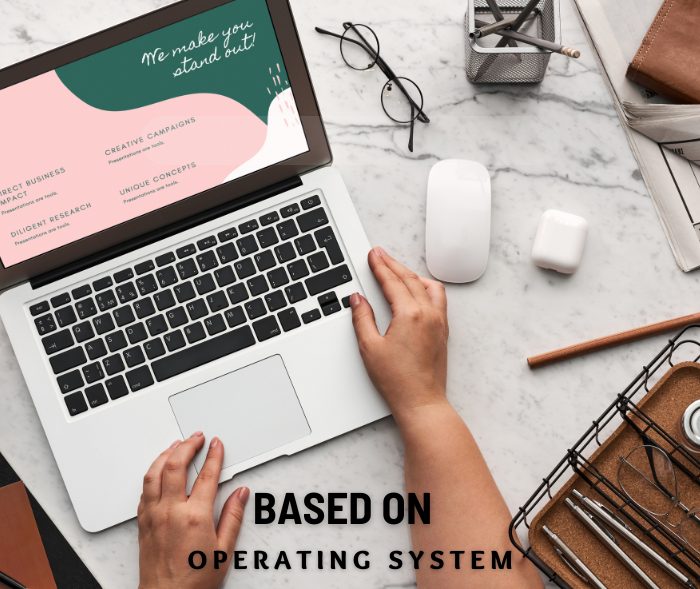
Below we have discussed the strengths and weaknesses of all four main operating systems.
Windows
Windows operating system is the best option if you want to run Microsoft apps like MS Access, MS Office, or Outlook. This OS is not as popular now as it used to be, but it gets the job done. In Windows, you can get a wide variety of laptops to choose from, or this OS offers the maximum variety.
Mac
Apple’s Mac Operating system is firmly associated with the company’s hardware, but it is comparatively more user-friendly than Windows. This OS is exclusive to MacBooks only. If you are an iPhone or iPad user, you would probably want this one.
Linux
You can easily install this operating system on any laptop hardware, particularly if you have nothing to do with MS Office. The downside to this OS is that it won’t run apps like Adobe’s Creative Suite and MS Office. But you need not worry as you can switch free alternatives of these apps like GIMP, Darktable, and LibreOffice.
Chrome
You can consider Chromebooks if you want something budget-friendly, as these are the cheapest laptops. Chrome OS can be your right choice if you like to do most of your lappy tasks in a web browser. The downside to this OS is that it won’t be able to run apps like Microsoft Office or Adobe Creative Suite.
Based On Profession
Your profession can determine your purpose for buying a laptop. Since not every laptop can serve all purposes, you have to be very particular about your intent when purchasing a new laptop. Depending on the profession, we have categorized the laptops in the manner that follows:

Student
If you are a student who runs a web browser or MS Office suite, you can go for a laptop with an Intel i5 9th generation or a later processor. It would show something like Intel Core i5 – 9420U. Furthermore, a decent 4 GB RAM and 256 GB SSD storage would be perfect to look for.
Gaming
Gaming laptops are generally bulky to accommodate larger screens and desktop-like hardware. You need a laptop with a powerful processor if you are a dedicated gamer. The hardware with an i7 or i9 chip will be good for you. Furthermore, you can also look for 16 to 32 GB RAM and a top-end SSD storage unit in your new laptop.
Business
Business laptops offer excellent battery life and are tough and rugged shells. Since these emphasize privacy and security, they are designed with protective systems like biometric validation.
If your business involves some less-demanding tasks like photo editing or document editing, then a laptop with a third or fifth-generation processor would be good to go. But for demanding tasks, you need a seventh or later-generation processor. Also, 4GB to 8GB RAM and 512 GB SSD storage can be all your laptop needs for semi-demanding office programs. One of the best laptops in the business category is the latest ThinkPad X1 Carbon Gen 9.
Video Editing/ Creators
Video editing is a heavy, demanding task; you need a powerful laptop. You can go for a laptop with a ninth-generation or later processor chip. Intel i7 or Ryzen 7000 chips can make a nice upgrade, but it may affect the laptop’s battery life. Also, 16 to 32 GB RAM and a top-end SSD storage unit are something that you should consider.
Things To Consider While Buying A Laptop
For comparing different laptops, you need to be aware of specific essential hardware or features of a laptop. Below we have listed all the crucial factors that can help you make the right purchase.
CPU
CPU is also referred to as the processor or the chip. Intel and AMD are the two companies that provide consumer laptop processors.
Intel Processors: Intel’s primary processors include Core i3, Core i5, Core i7, and Core i9. The i9 is the most powerful Intel processor, and i3 is the least powerful. To make an informed decision, you can know about a chip’s capability from its cryptic strings of letters and numbers.
If you go through a manufacturer’s website, you will find chip information: Core i5 – 11510U. Here, the first two numbers refer to the generation, which is the 11th generation in this case. The magnitude of the following two or three numbers (510) tells how powerful a chip is. For instance, Core i5 – 12210U is slightly less potent than Core i5 – 12510U. In the end, you will find a letter out of Y, U, and H. Here, the Y series guarantees optimized battery life, U chips are power-efficient but less efficient than the Y series, while H chips ensure added performance.
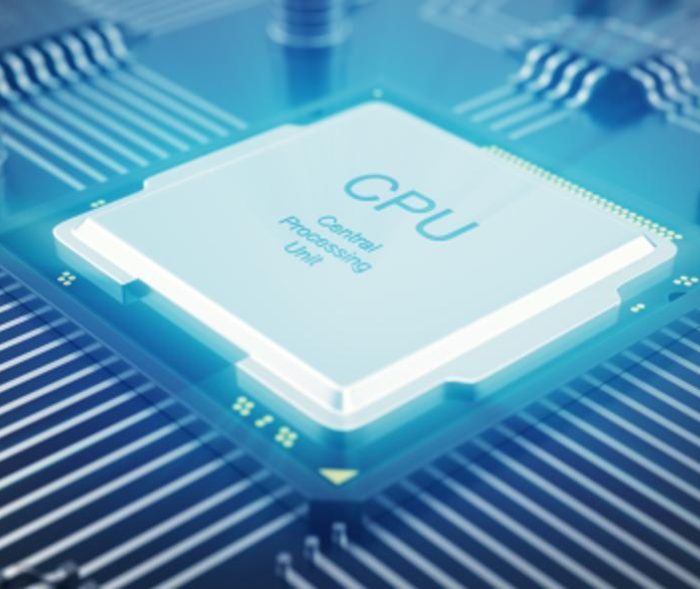
AMD Processors
AMD chip information goes as Ryzen 5 7600X. The number 7 tells about the generation or age of the chip. Further, ‘6’ tells about the chip’s power. This chip, with ‘6’ here, is medium-powered. Additionally, the letter ‘X’ at the end denotes the high performance of this chip. You can also find the letter ‘U’ here, which signifies ultra-low power.
If you do general things like editing documents or browsing the web, you won’t find much difference in the respective generations of these chips. For instance, the Intel i7 will work as well as Ryzen 7. But if you are a dedicated gamer or video editor, you can opt for AMD chips.
RAM
A laptop that has a larger RAM can provide better multi-tasking abilities. Your usage or work type determines the right RAM size for your laptop.
Light use: For general office work, browsing websites, or watching videos online, you can use a decent 4GB RAM.
Medium use: To run semi-demanding office programs or for intensive usage like photo editing, you can go for a laptop with 4 to 8 GB RAM.
Heavy use: For high-demanding tasks like video editing, graphic designing, or gaming, you need a laptop with 16 to 32 GB RAM.
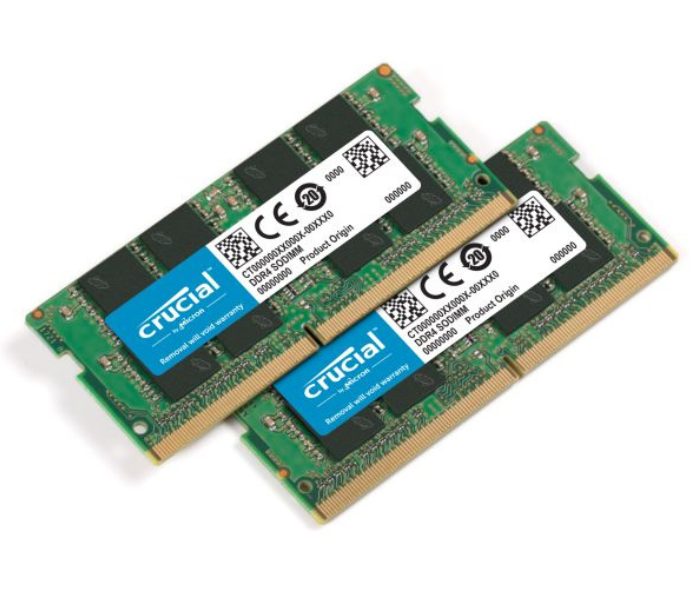
Displays
Firstly, you need to consider the pixels you desire. The more pixels, the sharper and clearer the content. You can choose from HD, Full HD, 3K, or even 4K resolution. Latest technologies like Samsung’s quantum light-emitting diode (QLED), organic light-emitting displays (OLED), and Mini-LED have upgraded the display game. These offer accurate and dynamic colors, tons of brightness, and deep contrast. With enhanced contrast, colors, and brightness, IPS displays have also added to their performance and are popular among creative specialists. At the same time, taller displays like 16:10 and 3:2 have become popular among gamers and creative professionals.
Storage Space And Type
Hard drives are used to store your entire data. Some budget laptops still come with spinning drives, while solid-state drives (SSD) are more common nowadays. SSDs with NVMe connection are faster. So, you can go for an SSD with at least 256GB of storage.
Cooling
The cooling system in a laptop reduces the ambient temperature within its case. Components like CPU, northbridge, and GPU require individual cooling. It can be done by exhausting hot air. You can technically improve performance in a gaming laptop by keeping temperatures in check. So, if you are buying a laptop, particularly for heavy use, you should carefully look for an excellent cooling system.
Graphics Card
Most laptops come with a graphics card and a processor in the motherboard. This integrated graphics approach will be refined if you need to play casual games or watch HD movies. You need a more powerful or separate graphics card only if you are a video editor or a gamer. Intel-based laptops generally come with Nvidia Graphics cards. Max-Q cards of the GeForce line are laptop-friendly, power-efficient, and powerful enough for video editing and gaming.
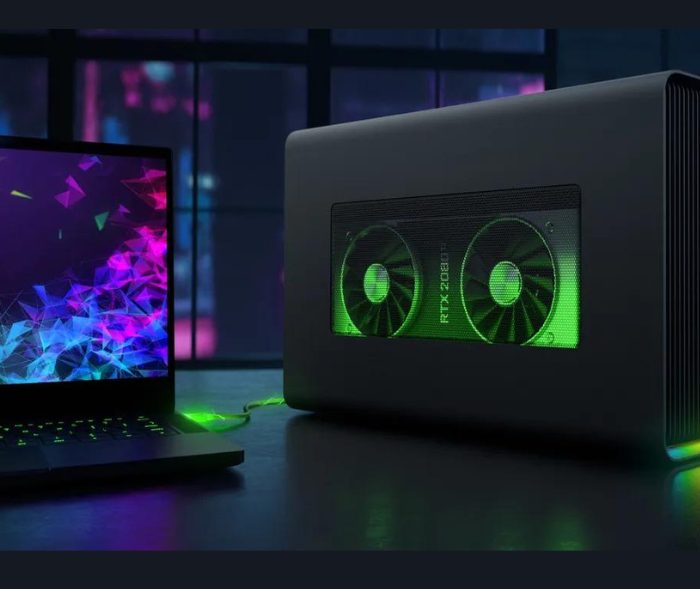
Ports
The type and amount of a laptop’s ports are significant to consider. Ports are required to plug things like USB into your laptop or for recharging purposes. You can look for a laptop with a minimum of 1 USB-C and 1 USB-A and a headset/microphone jack. An SD reader and USB-C charging would be a plus to consider.
The Conclusion
While buying a laptop, you must heed all the abovementioned points. It’s better to browse the specifications thoroughly before investing in a product. You can compromise on RAM and storage as these can be upgraded later. But always consider the right GPU and CPU combinations when comparing two products.
On top of everything, you can check if there are proper service centers, multi-channel support, and a good brand warranty.
We have tried to cover all the necessary sections you should consider while browsing different laptops. If you still have difficulty selecting the right laptop, feel free to comment below.
Home: Sarcastic Sindi






GIPHY App Key not set. Please check settings